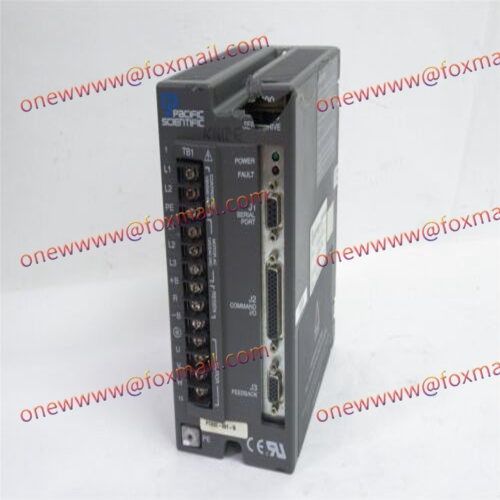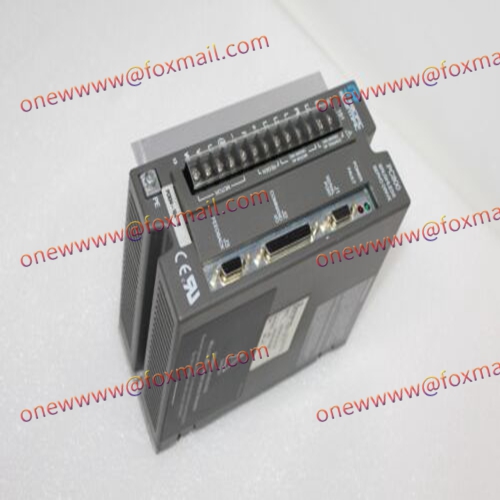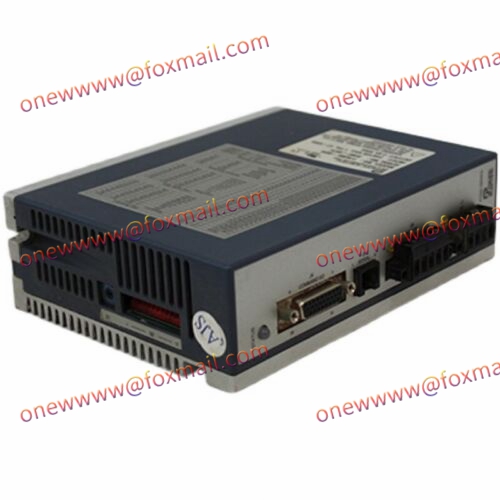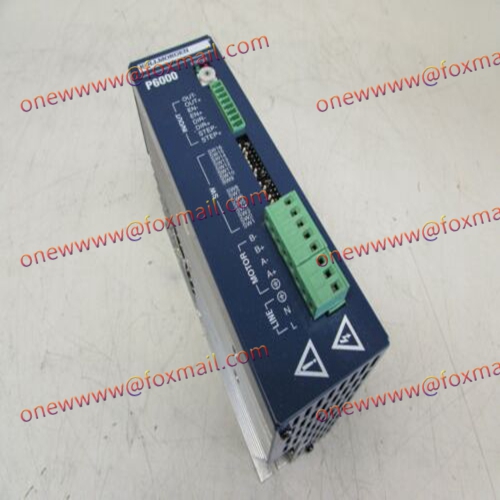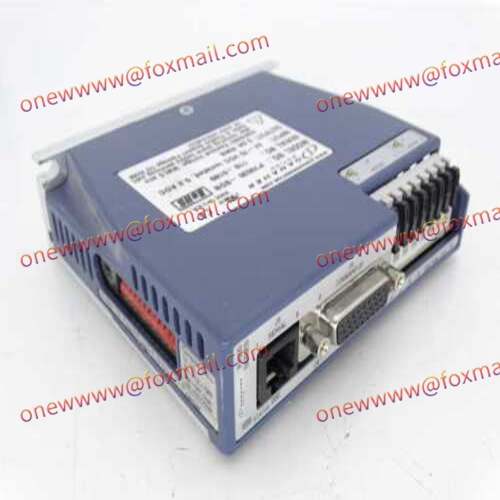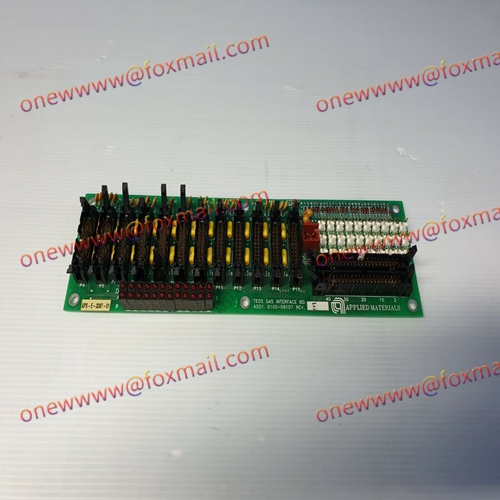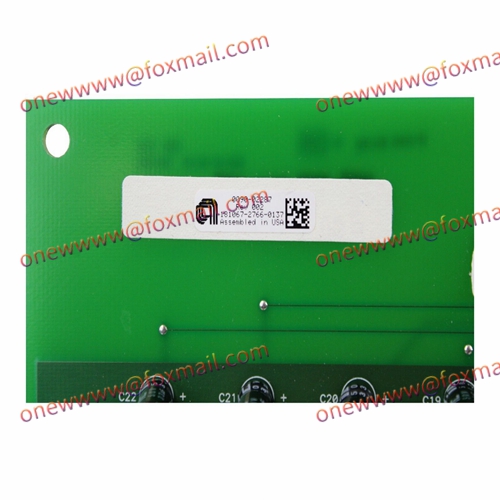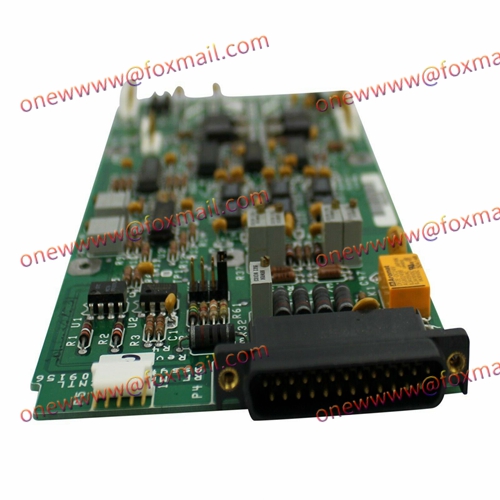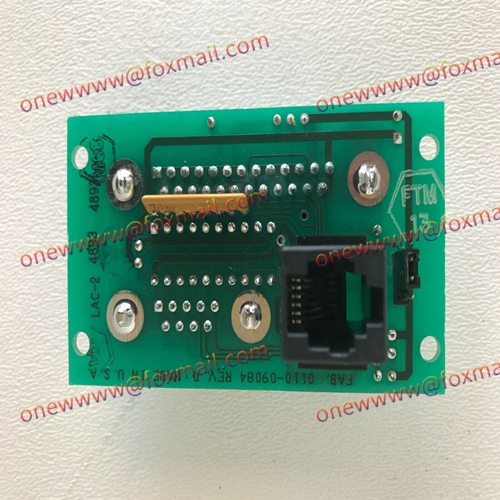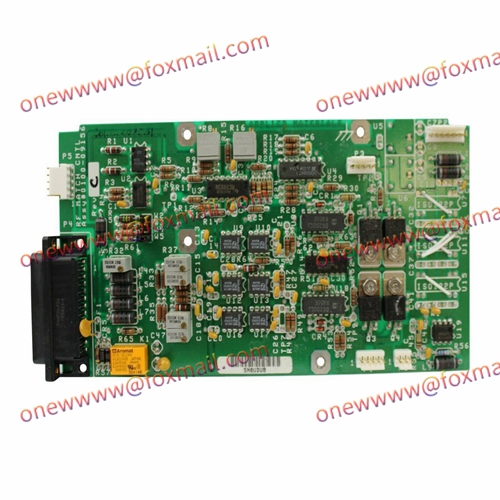Kollmorgen PC832-001-N servo driver module
The Kollmorgen PC832-001-N servo driver module is a high-performance module used to control and drive servo motors. The following are the general features of the product:
High performance motion control: The PC832-001-N servo driver module has high-performance motion control capabilities, enabling precise position, speed, and force control to meet various motion control needs.
Wide adaptability: This module is suitable for various types of servo motors, including DC servo motors and AC servo motors, and can meet the control needs of different motor types.
High precision driving: The servo driver module usually has high-precision driving capability, which can achieve precise driving of the servo motor through precise current and voltage control.
Quick response: This module has the ability to respond quickly and can collect feedback signals in real-time and generate corresponding drive outputs to achieve real-time control and fast motion response.
Multiple control modes: The PC832-001-N servo driver module typically supports multiple control modes, such as position control, speed control, and force control, to meet different application requirements.
High reliability and stability: Servo driver modules typically have a high reliability and stability design, which can operate stably for long periods of time in industrial environments and achieve reliable motor drive.
Communication interface: This module is usually equipped with multiple communication interfaces, such as Ethernet, serial port, etc., for data exchange and communication with other devices and systems.

